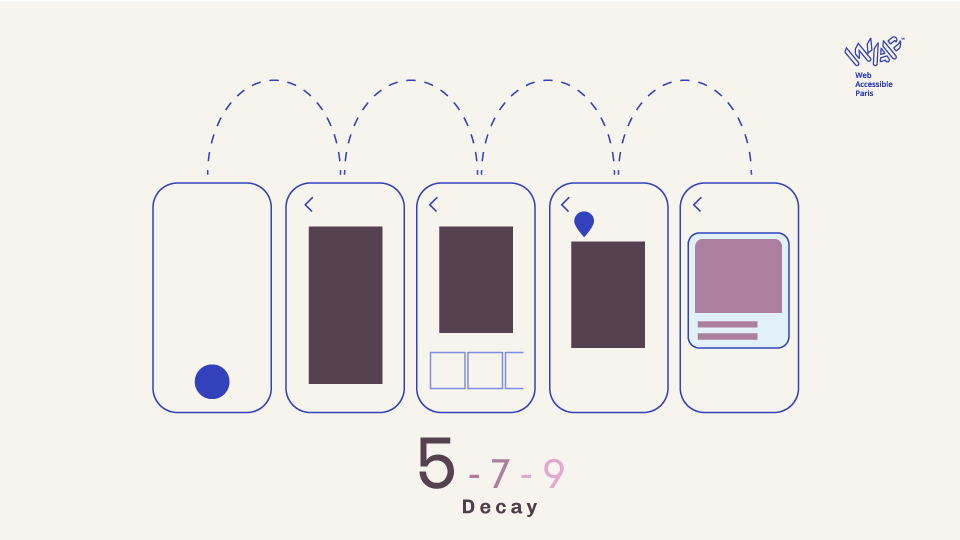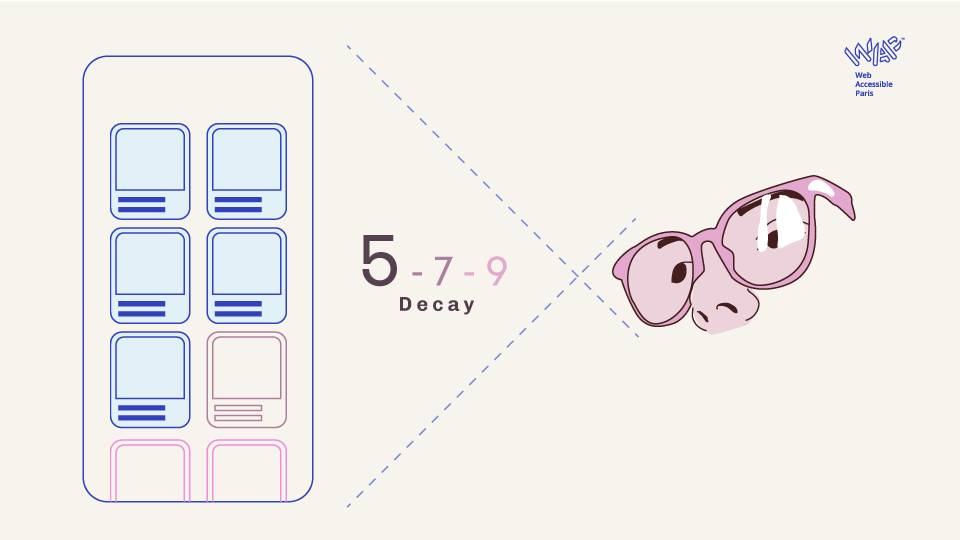Working memory & the magical number 7
Jun 2022 — 2 min read
In 1956 George A. Miller published the article “The Magical Number 7, plus or minus 2” an important finding to cognitive science, engineering, and psychology that has saved lives in a literal way.
Miller is famous for introducing a psychological law that states that most people tend to remember between 5 and 9 items in a visual field during short-term memory also known as working memory.
In 1887 Jacobs conducted an experiment with 443 students, that searched the capacity of retaining a series of words and letters. The results brought that people recalled 9.3 words and 7.3 letters. These findings support later studies by Miller.
Chunking & Information Organization
The limit of items we store could be extended or just retained with a process called “chunking” which is bundling information into small chunks, so we can store it. One good example of this is when trying to memorize a telephone number, we tend to chunk this series of numbers into small groups, then we can recall it.
Miller’s law in UX design and Engineering
While navigating in an Interface this law should be taken into account in order to make users follow the product’s goals, and safely navigate. Some items people could store in their short term memory:
- Call to action on a Mobile, Desktop View.
- Key Words on a heading, paragraph.
- Interactive buttons such as exit, next, add, erase, and publish.
- Links that users have visited before.

- Grouped clickable cards.
